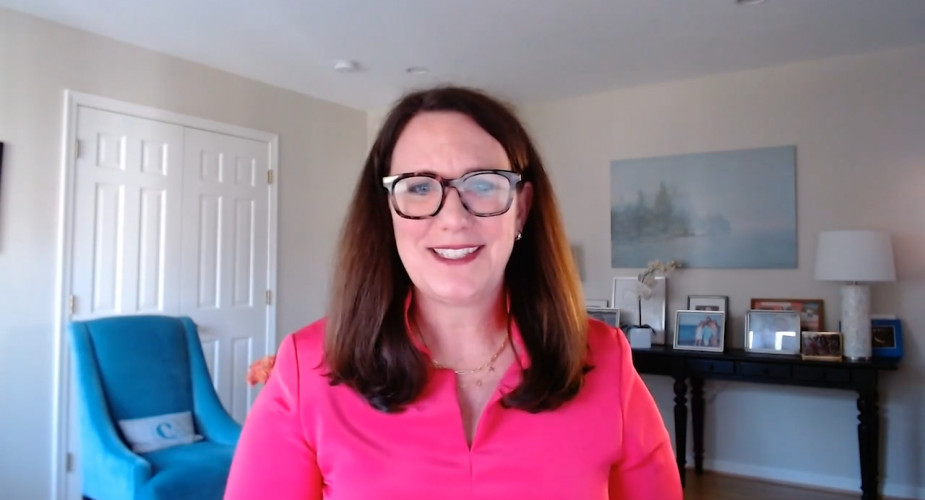PUBLIC AFFAIRS UPDATE: Communicating Post-Election Day
A Report from the Curley Company Media Center of Excellence by Nicole Ryan
With a new administration heading to Washington, as public affairs experts our work focuses on maximizing our strategies to work within the new political reality. Read our guidance below on guideposts to consider as you respond to the current moment and plan ahead for what’s coming next.
- Consider this window of opportunity – Media are hungry for perspectives on what the results mean for organizations, industries and stakeholders and they are interested in insights about what’s next. With a clear victor, reporters have pivoted to analysis and forecasting which is an opportunity to get your message out front before the noise of competing priorities takes over the news cycle. While commenting should be considered carefully, this does present an opportunity in the right circumstances.
- Consider sharing your thoughts on background. Giving industry or trade reporters an inside perspective on what you’re thinking builds reporter relationships and shapes reporting without having to take a public stance.
- If it’s core to your organization’s purpose, consider going on the record. If advocacy is core to your organization’s focus, reiterating your policy priorities in the context of this moment creates a proof point for policymakers on which issues are critical to their constituents.
- Renew your focus on storytelling, and make sure your stories – and language – resonate in the current climate. Finding and utilizing stories that align with your policy agenda will be more critical than ever to move the needle in this new political era, whether in the press or with the Trump administration itself. Storytelling is not only compelling but necessary to put you on a level playing field with the Administration – they are masters at using storytelling to justify and amplify their position. As always, the words we use matter too, and framing shifts may be necessary to tell the same stories in more resonant ways depending on the audience.
- Reevaluate your media targets and ensure you’re not forgetting non-traditional media. The power of the podcast, alternative media, and social media was evident in this election, and those looking to influence policy can’t afford to overlook these channels in proactive media strategies. With mistrust of institutions high, speaking with targeted alternative outlets adds third-party validation and amplifies your message by reaching your target audiences where they are. Non-traditional media will also play a critical role in garnering traditional press coverage; because those in power will be looking to these alternative sources, traditional print, broadcast, and radio journalists will be too.
- Prepare to pre-bunk and be ready for rapid response to correct misinformation. Industry leaders have the unique opportunity to provide information and context that otherwise would not be available. Anticipate where there may be misunderstanding or misinformation and serve as a resource to “pre-bunk” for the press and the public. Also be sure you are monitoring in real time and have a plan in place to respond if misinformation begins to spread.
- Look for commonality. “It’s the economy, stupid” rang true in 2024 just like it did back in 1992. As we head into a new administration, consider the ways your organization and its messaging can acknowledge and tap into this shared desire for a growing economy, connecting your work and priorities back to this mandate.
At Curley Company, we are on the lookout for both opportunities and challenges for our clients in communicating to their stakeholders during this time of change and transition. Stay tuned for more updates as we prepare for cabinet and White House staff announcements, inauguration festivities (or protests) and of course the first 90 days.
About News You Can Use: News You Can Use is an industry insights and trend report produced by Curley Company.









